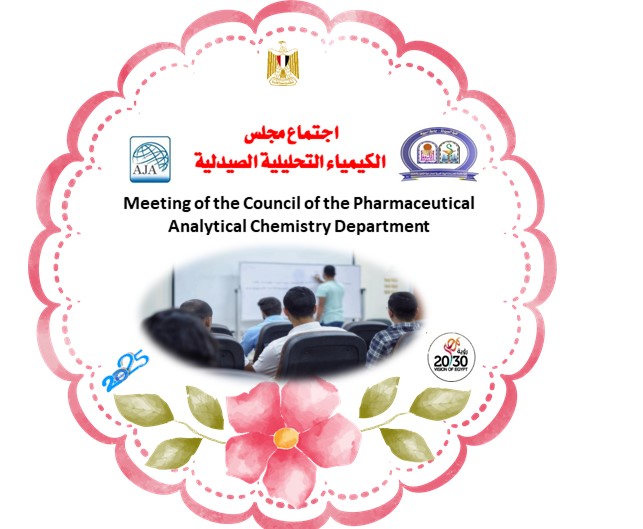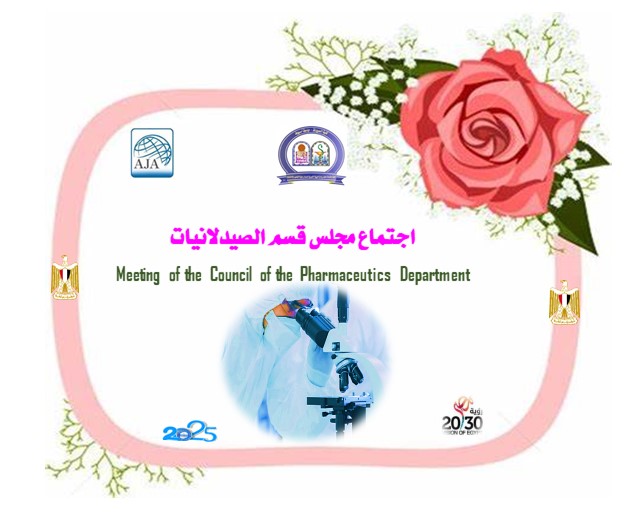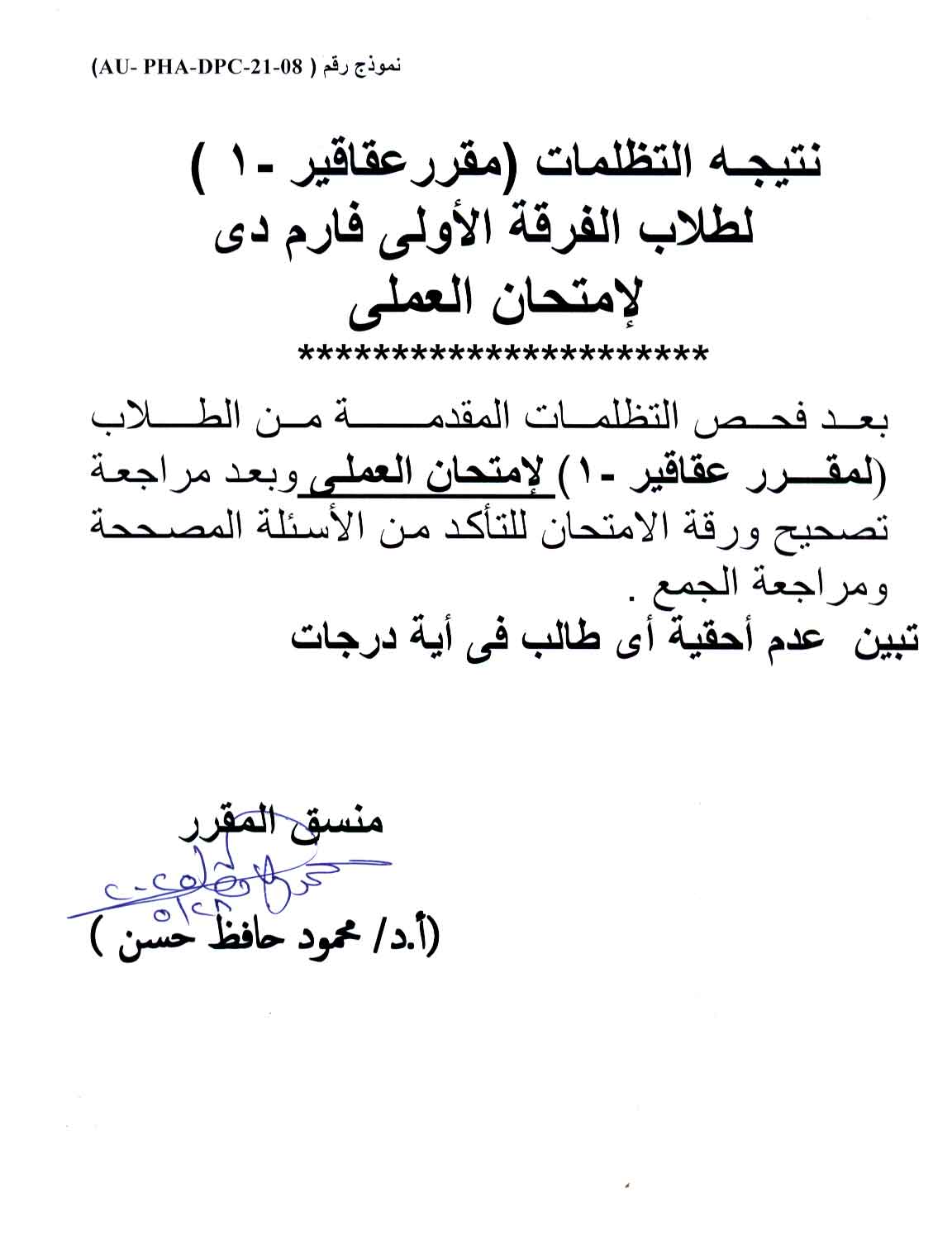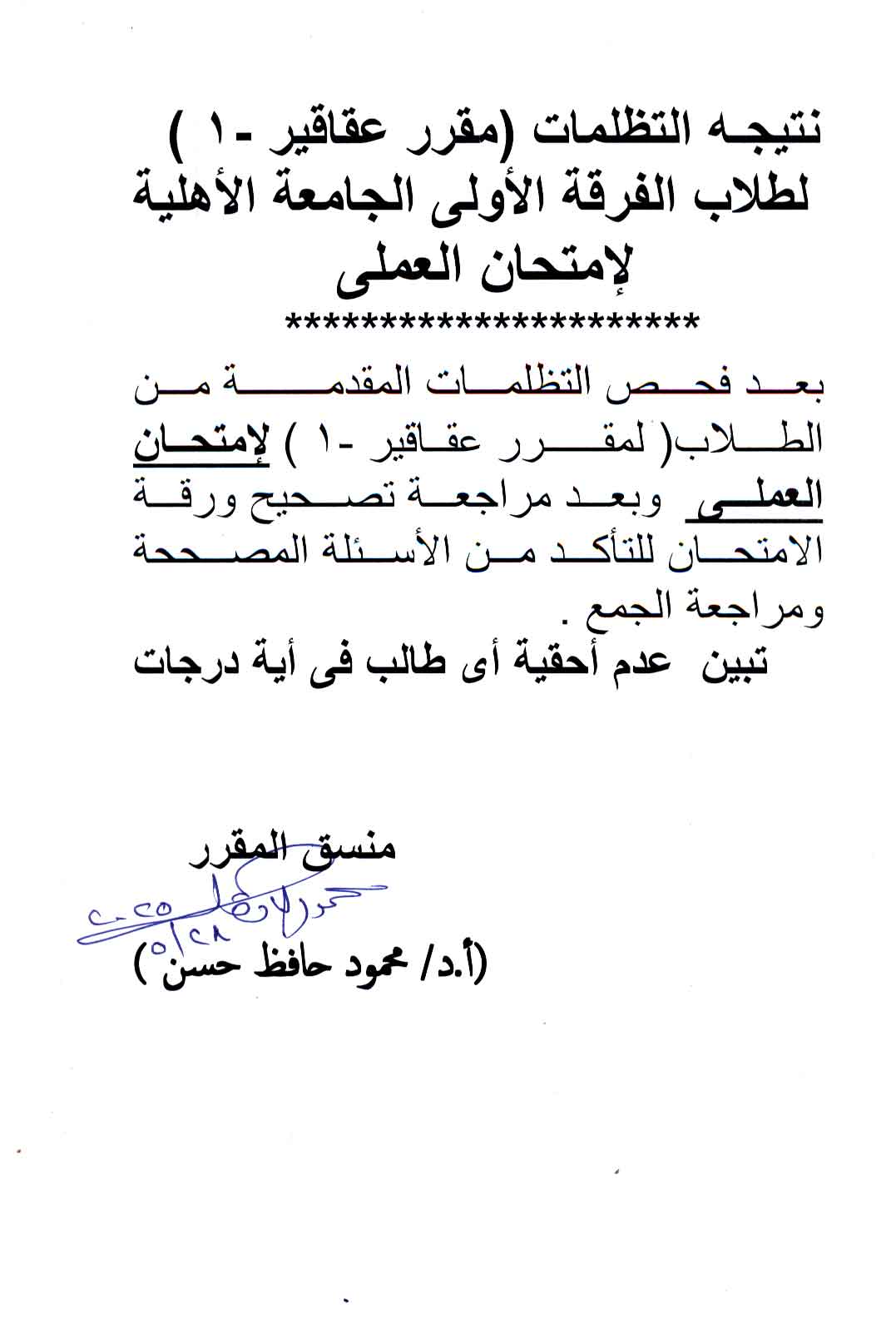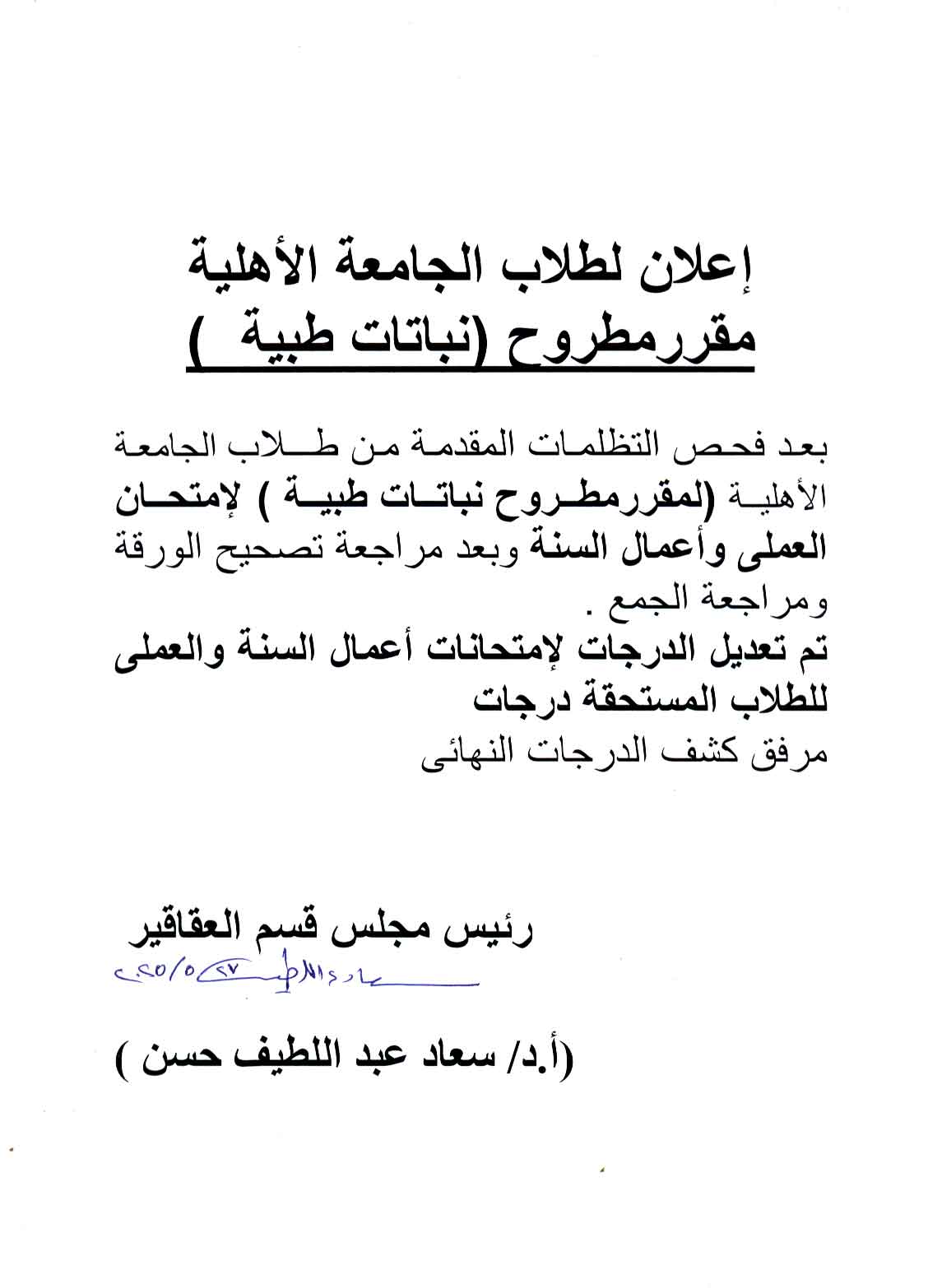Research Abstract
Background Scabies, sarcoptic itch, is a highly contagious and pruritic skin inflammation. Given their ecological benefits and previous therapeutic properties, essential oils are worth investigating as potentially safer alternatives to synthetic anti-scabies agents.
Objectives This study aimed to evaluate the effectiveness of three essential oils derived from cassia barks, myrrh oleo-gum-resin, and fennel fruits against Sarcoptes scabiei (Linnaeus, 1758), the causative agent of scabies, using lemongrass and clove essential oils as standards. Additionally, the study explored the structure-activity relationship by characterizing the chemical compositions of these essential oils. Further, a molecular docking study was performed to get further insights into the mechanism of the scabicidal effect of the active essential oils.
Methods Essential oils were extracted by hydro-distillation from dried cassia, myrrh, and fennel using the Clevenger apparatus, and their chemical profiles were characterized using gas chromatography-mass spectrometry (GC-MS) analysis. The contact bioassay method was utilized to assess their scabicidal activities. The molecular docking study incorporated two target enzymes, glutathione transferase (GST) and inactive serine proteases of scabies mite (SMIPP S-D1). This is owing to the involvement of these two enzymes in the scabies defense mechanisms.
Results The GC-MS analysis identified (E)-cinnamaldehyde as the primary constituent in cassia essential oil, while β-ocimene, α-copaene, and trans-α-bisabolene were major components of myrrh essential oil. Fennel essential oil predominantly consisted of estragole. The contact bioassay demonstrated noteworthy scabicidal activities of cassia and myrrh essential oils, against all tested stages of S. scabiei. The docking analysis revealed higher binding affinities between the main phytochemicals of these active essential oils and GST, with binding scores ranging from − 7.7 to − 5.3 kcal/mol, compared to lemongrass and clove essential oils’ main components. Additionally, these components displayed favorable binding affinities to SMIPP-S-D1 ranging from − 5.5 to − 4.0 kcal/mol, comparable to lemongrass and clove essential oils’ main components. These findings suggest that cassia and myrrh essential oils could inhibit the defense mechanisms of scabies mites.
Conclusion These findings revealed the potential for anti-scabies of essential oils from cassia bark and myrrh oleo gum-resin, which could effectively control scabies. The Docking analysis showed strong to moderate binding affinities of major components of cassia and myrrh essential oils towards GST and SMIPP-S-D1 enzymes.
Research Authors
Rofida Wahman, Shaymaa Mohamed, Soad Bayoumi, Rana Morsy, Salma Shafie, Nada Abdelraheem, Fatma Abdelaziz, Salma Hussein, Radwa Ibrahim, Norhan Mohammed, Doaa Yones, Sara Mohammed and Alzahraa Ahmad





